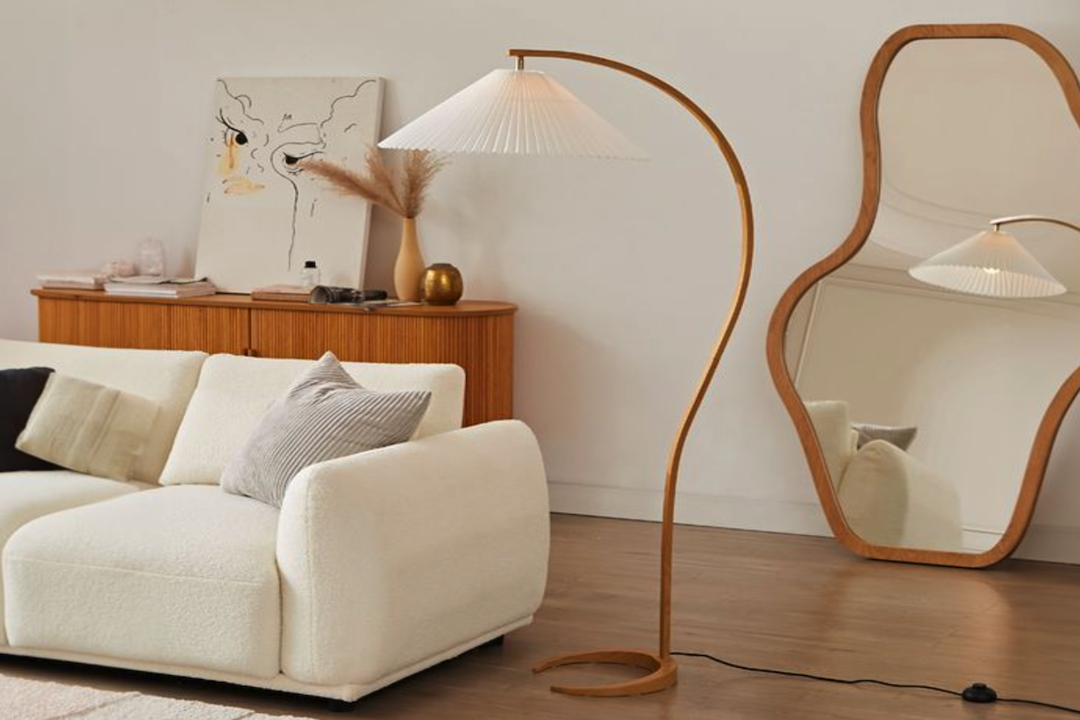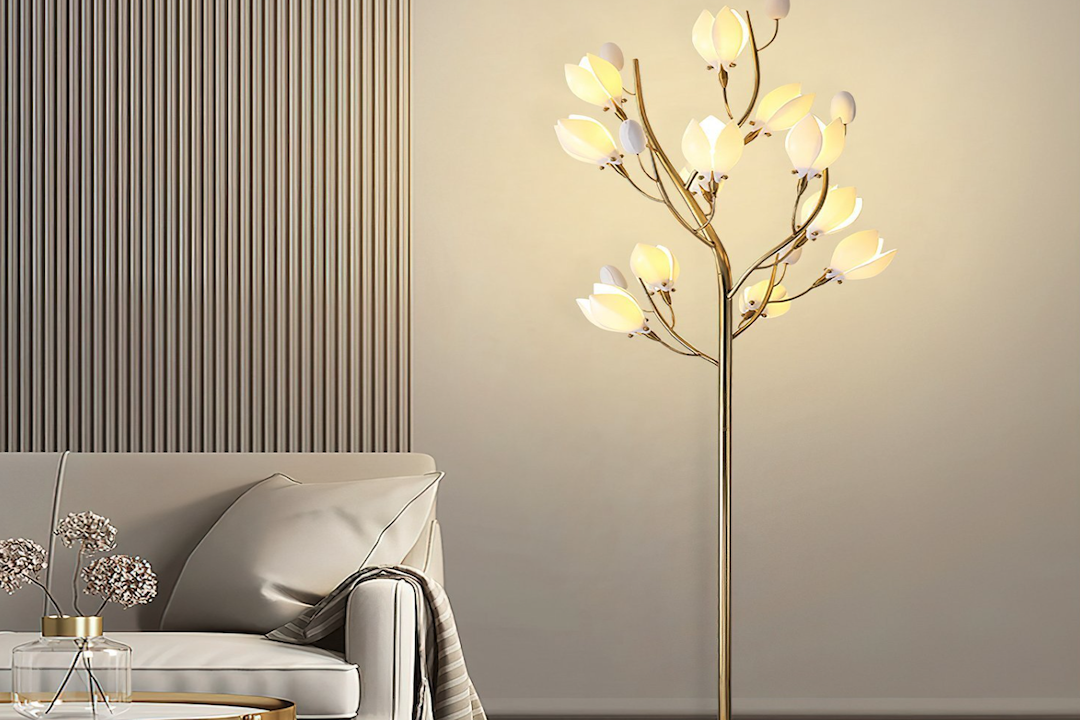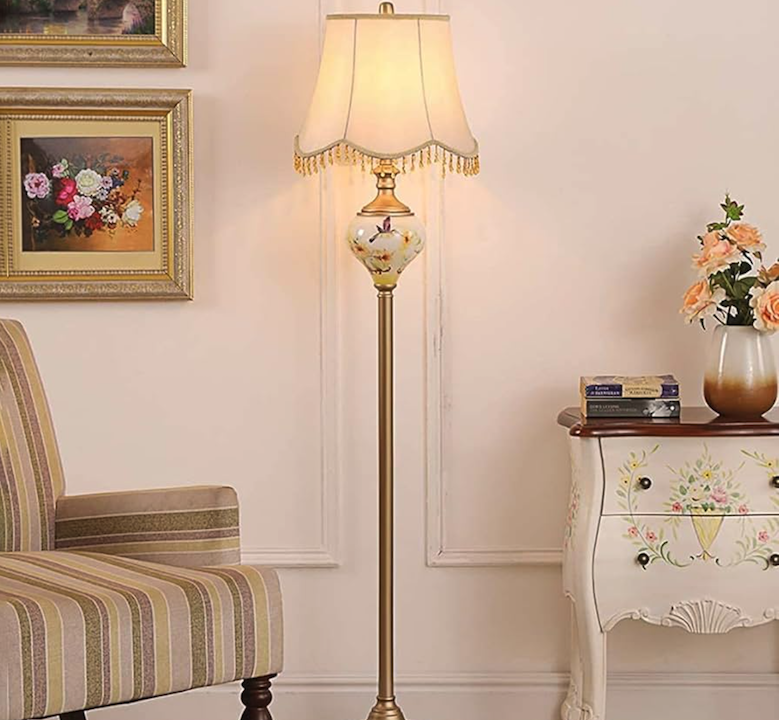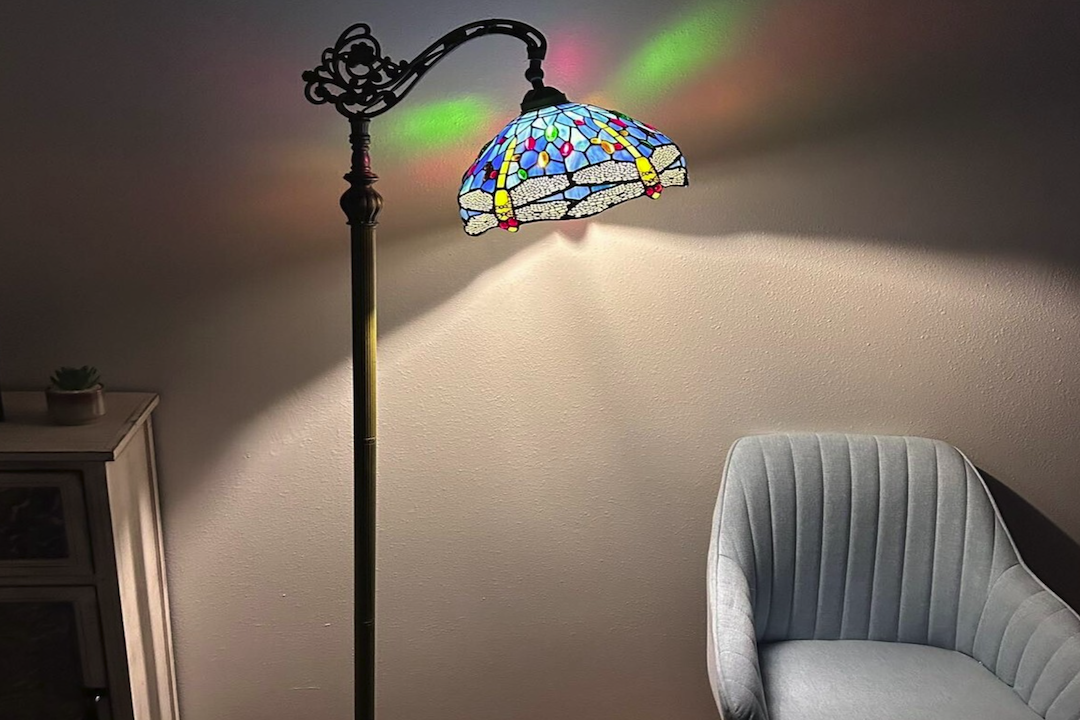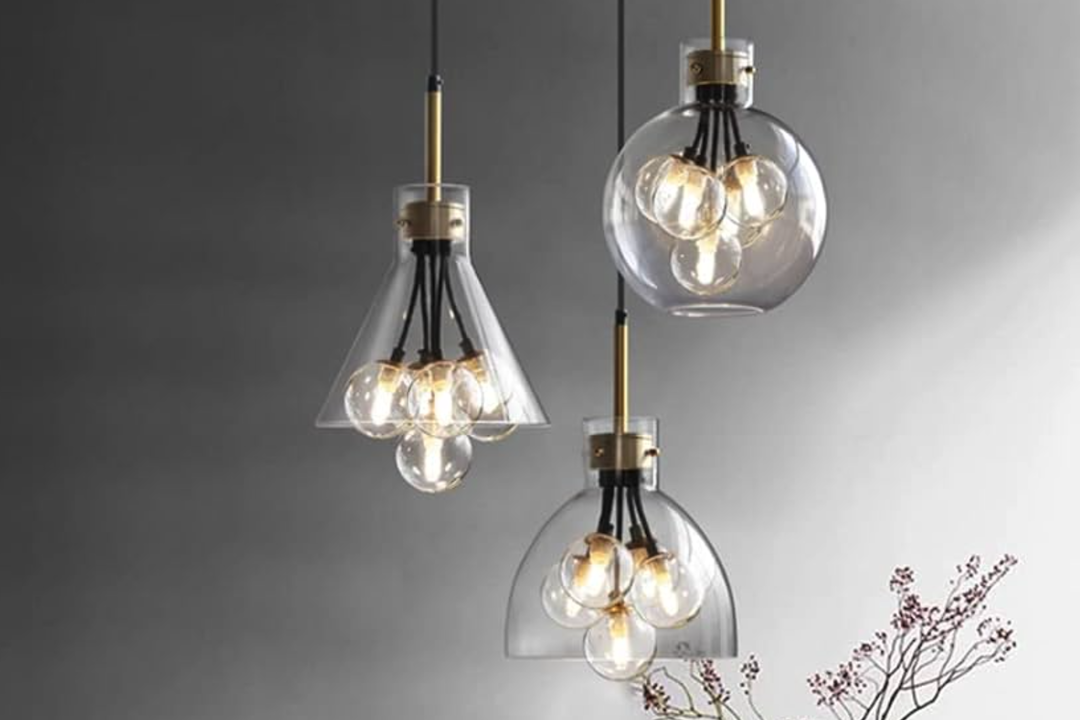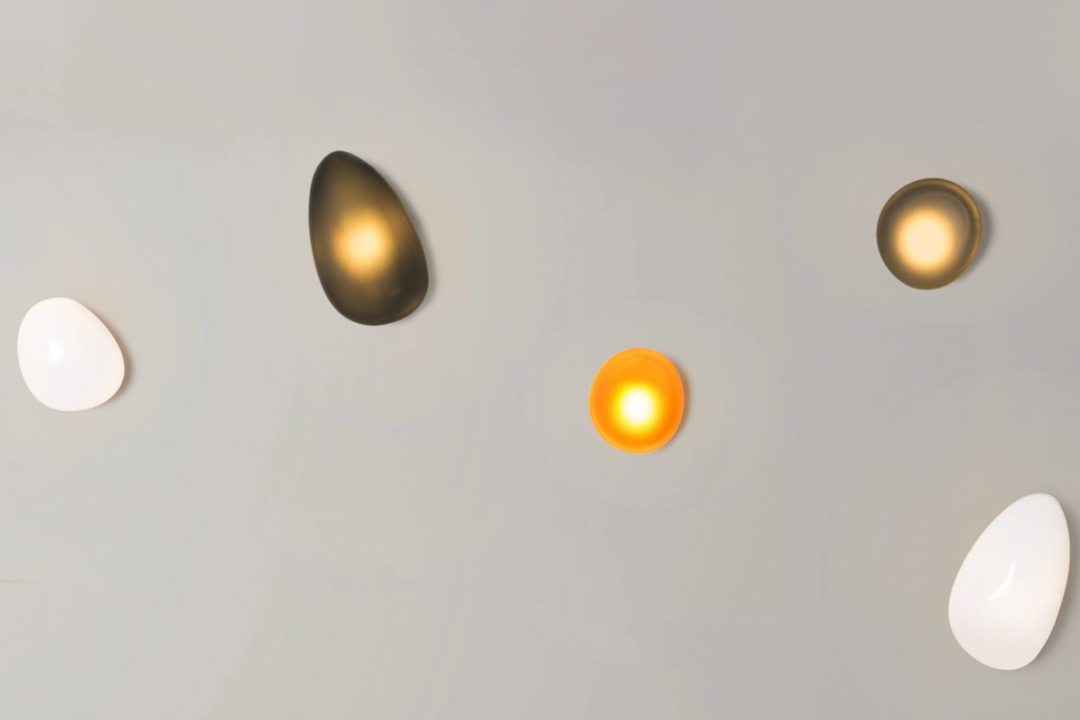The Japanese pleated fabric floor lamp is a stunning embodiment of traditional craftsmanship and modern design sensibilities. This unique lighting fixture not only serves a practical purpose but also acts as a statement piece that can transform the ambiance of any room. Characterized by its intricate pleating and soft, diffused light, these lamps are often made from materials such as washi paper or silk, which are integral to Japanese culture.
The gentle illumination they provide creates a serene atmosphere, making them ideal for spaces dedicated to relaxation or contemplation. In recent years, the appeal of Japanese pleated fabric floor lamps Sktong has transcended cultural boundaries, finding their way into homes around the world. Their aesthetic versatility allows them to complement various interior styles, from minimalist and contemporary to traditional and eclectic.
As more people seek to incorporate elements of Zen and tranquility into their living spaces, the Japanese pleated fabric floor lamp stands out as a perfect choice, marrying functionality with artistry.
The History and Tradition of Japanese Pleated Fabric
The art of pleating fabric in Japan has deep historical roots, tracing back to ancient times when textiles were crafted with meticulous attention to detail. The technique of pleating, known as “shibori,” involves folding and binding fabric before dyeing it, resulting in intricate patterns that are both beautiful and unique. This method has evolved over centuries, with artisans developing various styles and techniques that reflect regional traditions and cultural influences.
Washi paper, a traditional Japanese material made from the fibers of the mulberry tree, plays a significant role in the creation of pleated fabric lamps. This paper is renowned for its strength, durability, and translucence, making it an ideal choice for lampshades. The use of washi in lighting design not only highlights the beauty of natural materials but also connects the lamp to Japan’s rich heritage of craftsmanship.
The combination of pleating techniques and washi paper has given rise to a distinctive aesthetic that is both timeless and contemporary.
The Versatility and Functionality of the Japanese Pleated Fabric Floor Lamp
One of the most appealing aspects of the Japanese pleated fabric floor lamp is its versatility. These lamps can be used in various settings, from living rooms and bedrooms to offices and meditation spaces. Their soft, diffused light creates an inviting atmosphere that encourages relaxation and conversation.
Unlike harsh overhead lighting, the gentle glow emitted by these lamps can enhance the mood of a room, making it feel warm and welcoming. In addition to their aesthetic appeal, Japanese pleated fabric floor lamps are designed with functionality in mind. Many models come equipped with adjustable brightness settings or multiple light sources, allowing users to customize the lighting according to their needs.
This adaptability makes them suitable for various activities, whether it’s reading a book, hosting a gathering, or simply unwinding after a long day. Furthermore, their lightweight construction allows for easy relocation, enabling homeowners to experiment with different placements until they find the perfect spot.
How to Incorporate the Japanese Pleated Fabric Floor Lamp into Your Home Decor
Incorporating a Japanese pleated fabric floor lamp into your home decor can be an enriching experience that enhances both style and ambiance. To achieve a harmonious look, consider the overall theme and color palette of your space. For instance, if your home features a minimalist aesthetic with neutral tones, a lamp with subtle pleating in soft whites or creams can seamlessly blend in while adding an element of texture.
Alternatively, if your decor leans towards bold colors or eclectic patterns, opt for a lamp that features vibrant hues or intricate designs. The beauty of these lamps lies in their ability to serve as focal points; placing one in a corner or next to a favorite chair can draw attention and create a cozy reading nook. Additionally, consider pairing the lamp with other elements such as wooden furniture or natural textiles to enhance the organic feel that is characteristic of Japanese design.
Choosing the Right Japanese Pleated Fabric Floor Lamp for Your Space
Selecting the right Japanese pleated fabric floor lamp involves considering several factors that align with your personal style and functional needs. First and foremost, assess the size of your space. A large lamp may overwhelm a small room, while a petite model might get lost in a spacious area.
Measure your available space and choose a lamp that complements its dimensions without dominating the room. Next, think about the lamp’s design features. Some lamps come with intricate patterns or unique shapes that can add character to your decor.
Others may have more understated designs that focus on simplicity and elegance. Additionally, consider the type of light bulb used; LED options are energy-efficient and long-lasting, while incandescent bulbs provide a warmer glow. Ultimately, the right choice will reflect your personal taste while fulfilling your lighting requirements.
Maintenance and Care Tips for Your Japanese Pleated Fabric Floor Lamp
To ensure that your Japanese pleated fabric floor lamp remains in pristine condition, regular maintenance is essential. Start by dusting the lamp periodically with a soft cloth or feather duster to prevent dust buildup on the pleats and shade. For deeper cleaning, use a damp cloth with mild soap to gently wipe down the surface; however, avoid soaking the fabric as this can damage its integrity.
If your lamp features washi paper or delicate fabrics, be cautious about exposing it to direct sunlight for extended periods, as this can lead to fading over time. Additionally, check the electrical components regularly to ensure they are functioning properly; replace any burnt-out bulbs promptly to maintain optimal lighting conditions. By following these care tips, you can preserve the beauty and functionality of your Japanese pleated fabric floor lamp for years to come.
Where to Find Authentic Japanese Pleated Fabric Floor Lamps
Finding authentic Japanese pleated fabric floor lamps requires some exploration, as these unique pieces are often crafted by skilled artisans who prioritize quality and tradition. Specialty home decor stores that focus on Asian-inspired designs may carry a selection of these lamps. Additionally, online marketplaces dedicated to handmade or artisanal goods often feature authentic pieces from Japan.
Visiting local craft fairs or cultural festivals can also be an excellent way to discover unique lamps directly from artisans. These events often showcase traditional craftsmanship and provide an opportunity to learn about the history and techniques behind each piece. When purchasing online or at markets, ensure that you verify the authenticity of the product by checking for details about its origin and craftsmanship.
Elevate Your Home with a Japanese Pleated Fabric Floor Lamp
Incorporating a Japanese pleated fabric floor lamp into your home decor is more than just adding a source of light; it is about embracing a piece of art that reflects centuries of tradition and craftsmanship. These lamps not only illuminate spaces but also evoke feelings of tranquility and harmony that resonate deeply within Japanese culture. By understanding their history, versatility, and care requirements, you can make an informed choice that enhances your living environment.
As you explore options for integrating these exquisite lamps into your home, consider how they can complement your existing decor while providing functional lighting solutions. Whether you choose a bold statement piece or a subtle accent lamp, the addition of a Japanese pleated fabric floor lamp will undoubtedly elevate your space, creating an atmosphere that is both inviting and serene.

